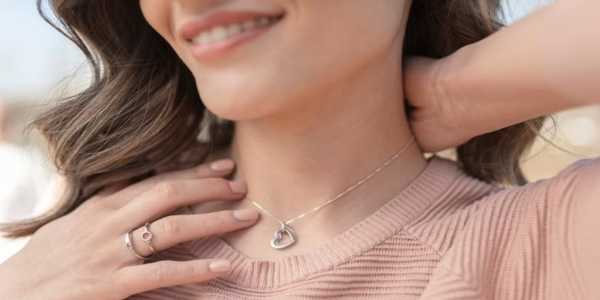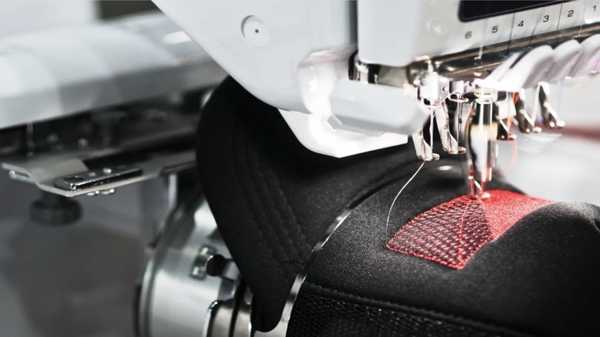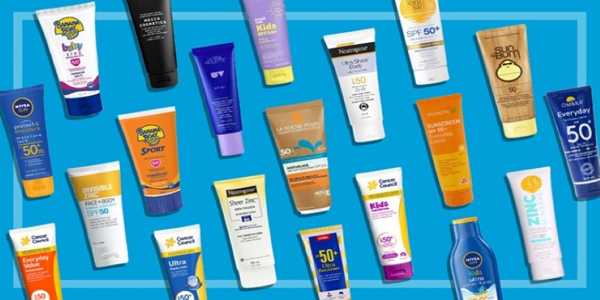Why Your Favorite Silver Jewelry Tarnishes (And How To Fix It)
You love that silver necklace — until it starts to darken or lose its shine. Suddenly, your once-polished jewelry looks dull, gray, or even black. Don't panic. Tarnishing doesn't mean your jewelry is ruined; it's a natural chemical reaction that can be prevented and reversed with the proper care.
Whether you’re wearing solid sterling silver or plated pieces, this guide breaks down why your jewelry tarnishes, what to do about it, and which cleaning products and brands actually restore that fresh-out-of-the-box sparkle.
What Causes Silver To Tarnish?
Tarnish isn’t dirt — it’s chemistry. When silver reacts with sulfur and oxygen in the air, it forms a layer of silver sulfide on the surface. That’s what gives jewelry that dark, uneven look over time.
Here’s what accelerates tarnishing:
- Humidity: Moist air speeds up oxidation, especially in coastal or tropical climates.
- Body Oils and Sweat: Natural oils and salt can dull silver.
- Cosmetics and Perfume: Sprays, lotions, and makeup contain chemicals that react with metals.
- Storage Habits: Leaving silver exposed to air (like on an open tray) leads to tarnish buildup faster.
- Low-Quality Alloy Mixes: Jewelry with too much copper or nickel tarnishes faster than high-quality sterling silver.
Know What Type Of Silver You’Re Wearing
Not all “silver” jewelry is created equal. The type of silver determines how fast it tarnishes and how you should clean it.
Common types of silver jewelry:
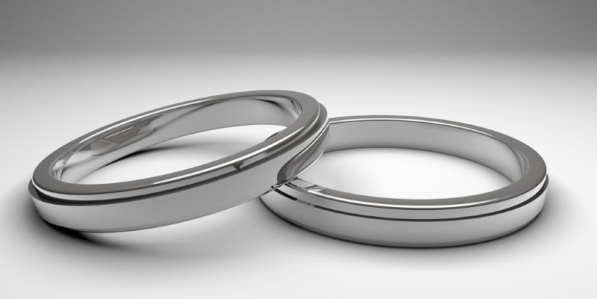
- Sterling Silver (92.5% pure): The real deal — long-lasting, beautiful, but prone to tarnish.
- Fine Silver (99.9% pure): Rarely tarnishes but is softer, so it scratches more easily.
- Silver-Plated: A thin silver coating over base metal; affordable, but once tarnish sets in, cleaning can strip the layer.
- Rhodium-Plated Silver: Coated with rhodium (a precious metal from the platinum family) to resist tarnish.
If you wear silver often, rhodium-plated silver is worth the upgrade — brands like Tiffany & Co. and Blue Nile offer pieces that maintain brightness for years with minimal upkeep.
Everyday Habits That Ruin Silver (Without You Noticing)
You might be tarnishing your jewelry without realizing it. Small daily actions build up over time — and even expensive silver will dull if exposed repeatedly.
Here’s what to stop doing now:
- Wearing your jewelry in the shower or pool — chlorine and minerals cause chemical corrosion.
- Applying lotion, sunscreen, or perfume after you’ve put jewelry on. Always accessorize last.
- Sleeping in your jewelry — friction against sheets and skin oils causes oxidation.
- Leaving jewelry out instead of storing it in a sealed pouch or box.
- Using paper towels or rough fabrics to wipe silver — they can scratch the surface.
How To Clean Tarnished Silver Jewelry At Home?
You don't need a professional jeweler to bring your silver back to life. A few clever cleaning techniques can restore brilliance safely.
Method 1: The Polishing Cloth Fix
The easiest way to maintain silver is with a jewelry polishing cloth. These soft, treated cloths remove tarnish and buff shine in minutes.
Best options:
- Connoisseurs Silver Polishing Cloth — dual-layer with tarnish inhibitors.
- Sunshine Polishing Cloth — ultra-soft and reusable for months.
- Town Talk Silver Polish Cloth — a favorite among luxury jewelers.
How to use it:
Rub gently in one direction — not circular motions — to avoid scratching. Focus on the darkened spots and follow with a clean, dry section of the cloth.
Method 2: The Baking Soda Soak
If your jewelry is heavily tarnished, try this simple kitchen fix:
- Line a bowl with aluminum foil, shiny side up.
- Add one tablespoon of baking soda and one tablespoon of salt.
- Pour in hot (not boiling) water and mix until dissolved.
- Drop your silver pieces in — they’ll react with the foil to lift tarnish.
- Rinse and pat dry with a soft microfiber cloth.
Note: Avoid this method for delicate pieces or those with gemstones — it’s best for plain sterling silver chains or rings.
Method 3: Silver Polish Creams
For advanced tarnish or intricate designs, use a commercial silver cleaner.
Top-rated products:
- Weiman Silver Polish Cream — removes heavy tarnish safely.
- Goddard’s Silver Foam — classic cleaner that restores shine quickly.
- Connoisseurs Dazzle Drops Silver Jewelry Cleaner — non-toxic and travel-friendly.
How To Store Silver So It Doesn’t Tarnish Again?
Once you’ve cleaned your silver, proper storage is key to keeping it bright.
Smart storage habits:
- Keep silver in airtight bags (zip-top or anti-tarnish pouches).
- Use silica gel packs or activated charcoal strips to absorb moisture.
- Store each piece individually to avoid scratching.
- Choose lined jewelry boxes with soft compartments — Stackers London and WOLF 1834 make top-rated ones.
- Avoid storing in bathrooms — humidity speeds up tarnish.
When To See a Professional Jeweler
If your jewelry is valuable, antique, or set with gemstones, professional cleaning is the safest route. Jewelers use ultrasonic machines and gentle steam cleaning to restore brilliance without damage.
Signs you need pro help:
- Deep black tarnish that won’t come off with polishing.
- Intricate filigree or gemstone settings you can’t reach.
- Heirloom or collectible silver you don’t want to risk scratching.
Top places for professional cleaning:
- Tiffany & Co. offers lifetime complimentary jewelry cleaning in stores.
- Blue Nile and Brilliant Earth provide mail-in cleaning services.
- Local jewelers often offer silver spa treatments for under $40.
When buying fine jewelry, always ask about aftercare services. Brands that offer free cleaning or repairs (like Monica Vinader or Vrai) give better long-term value.
How To Prevent Tarnish Before It Starts?
Think of prevention as jewelry insurance. A few easy habits can keep silver shining longer, saving you hours of polishing.
Your daily prevention checklist:
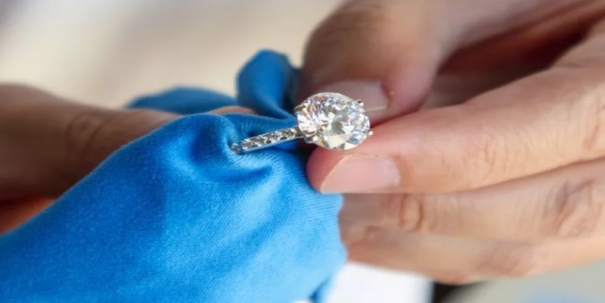
- Wear it often: Believe it or not, the natural oils on your skin help slow tarnish.
- Avoid water and sweat: Remove silver before workouts or showers.
- Use a barrier: Apply perfume and lotion first, then jewelry.
- Wipe after wearing: A quick swipe with a polish cloth removes oil and residue.
- Store it smart: Always use airtight pouches or tarnish-free boxes.
What Not To Use On Silver (Common Mistakes)?
The internet is full of “DIY hacks,” but not all of them are safe. Some can permanently damage your jewelry.
Avoid these:
- Toothpaste: Abrasive and can scratch silver surfaces.
- Vinegar or lemon juice: Too acidic for delicate jewelry.
- Harsh cleaners (like ammonia): Strip plating and damage stones.
- Paper towels: Leave micro-scratches that dull the shine.
Final Take: Your Jewelry Deserves The Right Care
Tarnish is natural, but your silver can stay bright with simple care. Clean it regularly using a polishing cloth and deep-clean it occasionally. Store pieces properly in airtight bags to prevent dullness. For longer-lasting shine, choose rhodium-plated or high-quality silver. With consistent care, your jewelry will keep its beautiful sparkle and timeless appeal for years.


